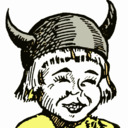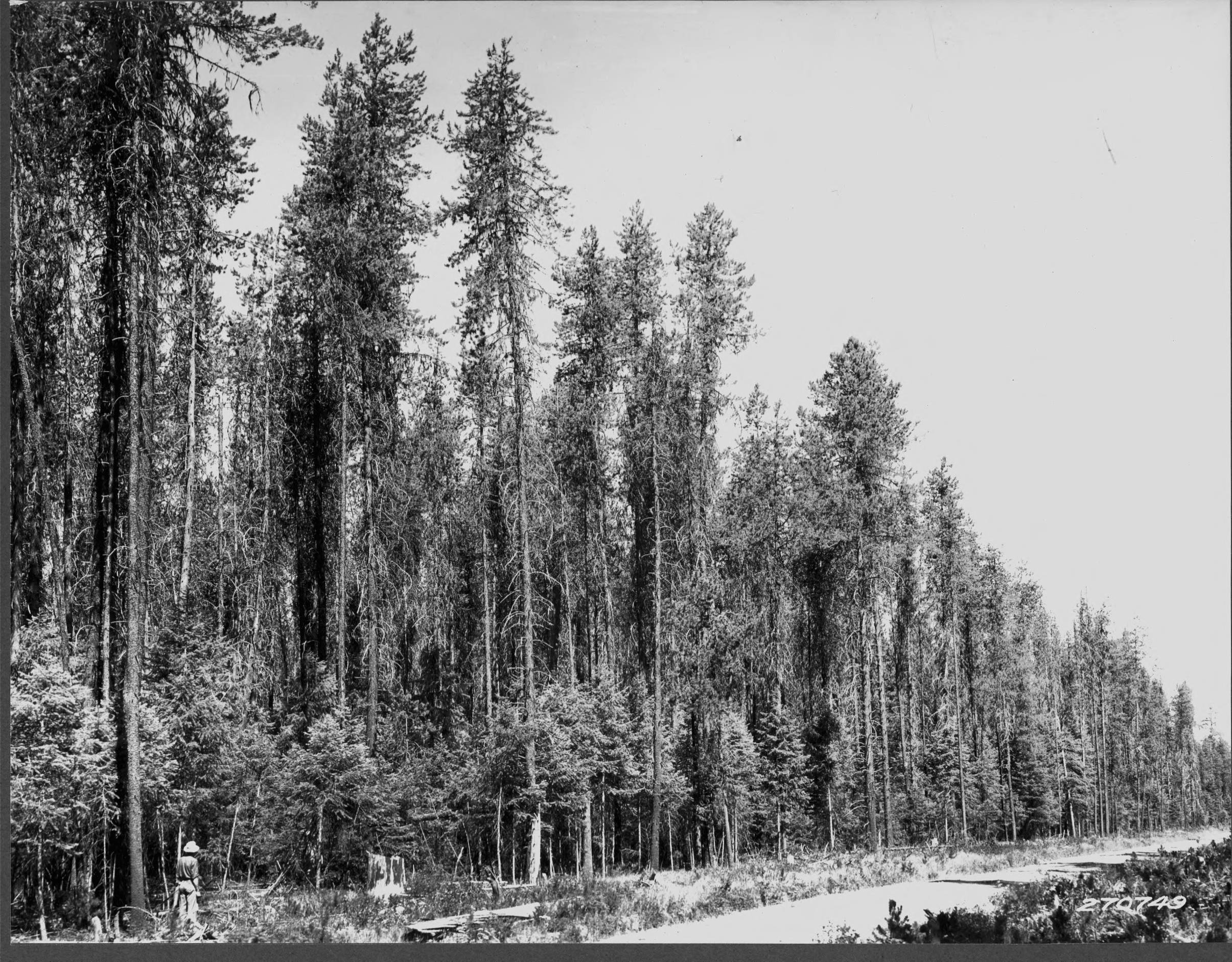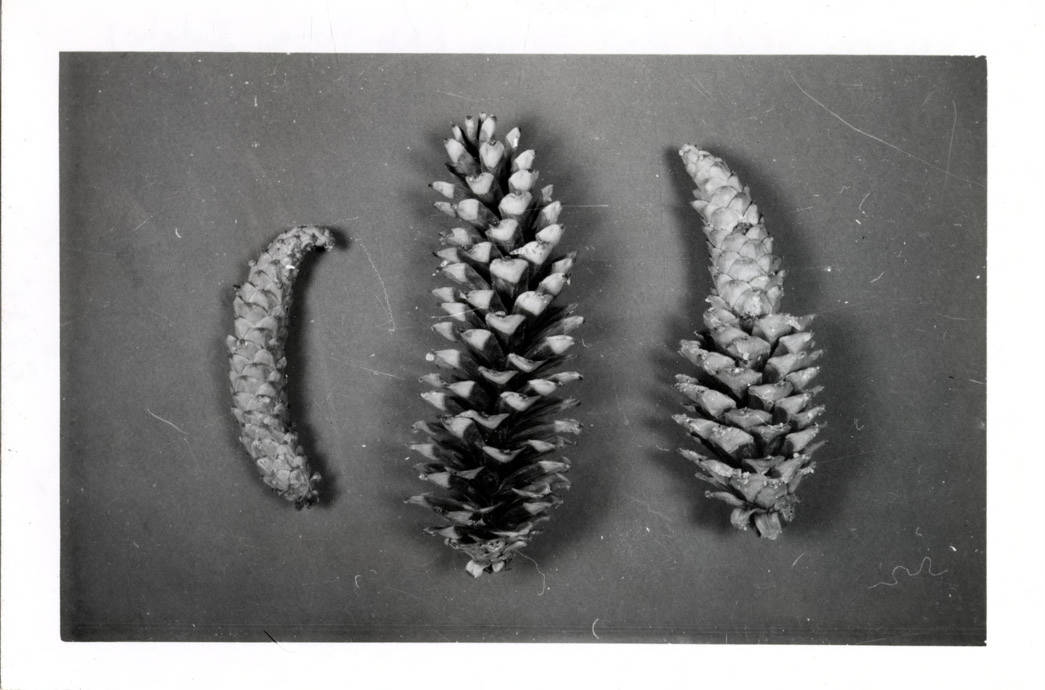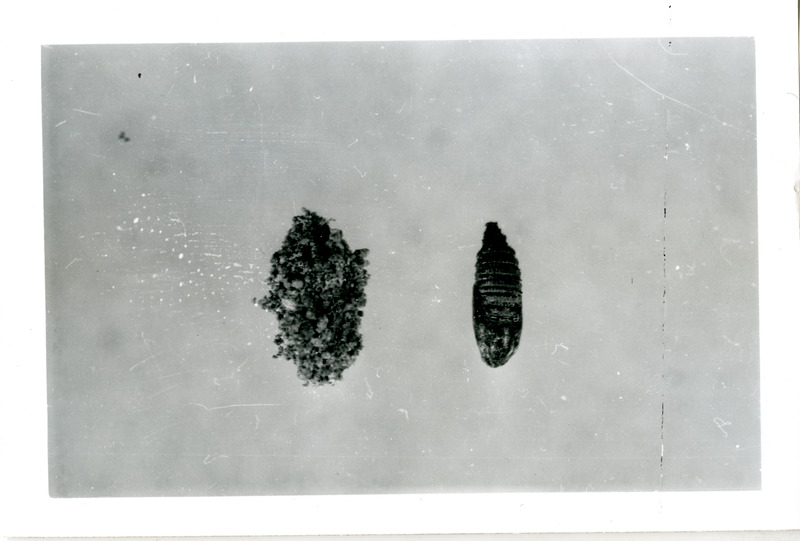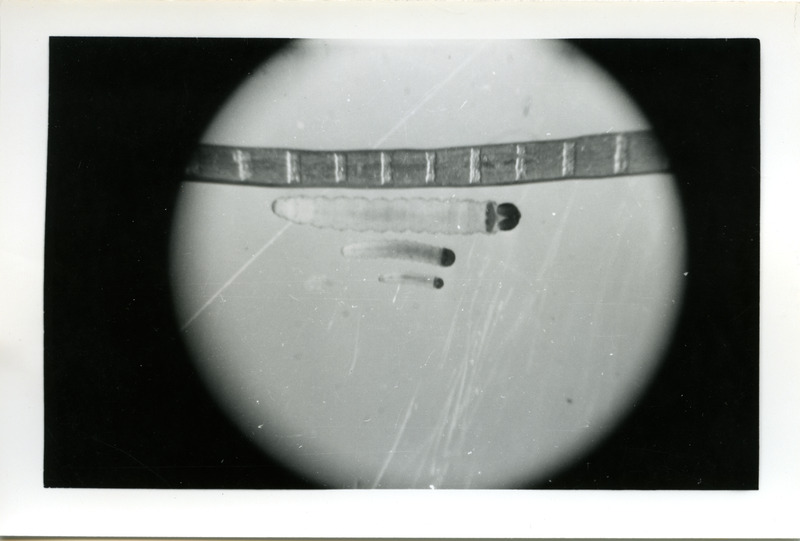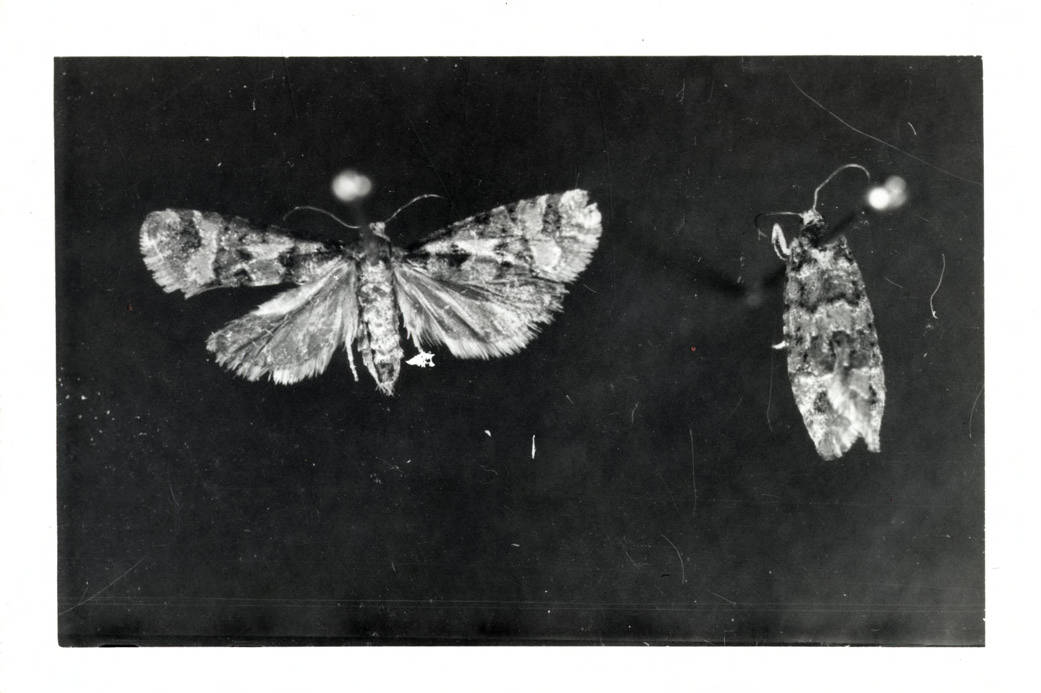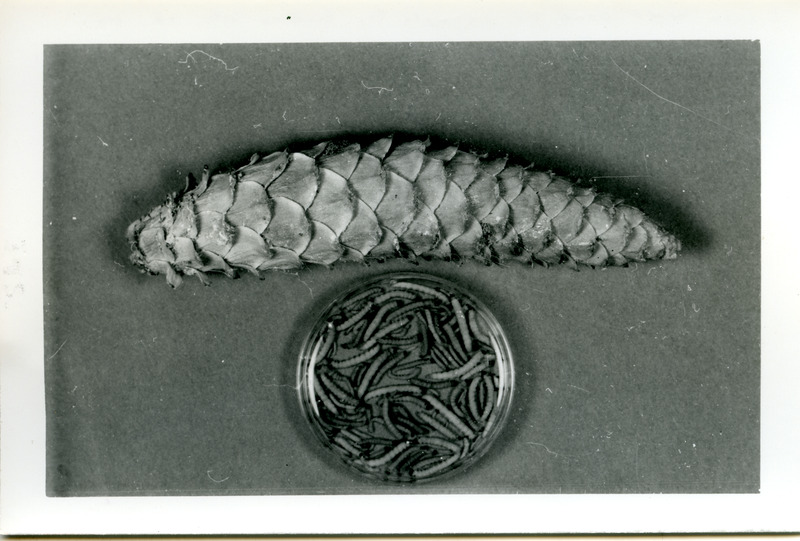Cone and seed insects such as the lodgepole cone moth (Eucosma rescissoriana Hein) cause significant damage to forests and seed orchards by feeding on the seeds in lodgepole pine trees as well as other valuable tree crops such as western white pines. They can be found in forests throughout northwestern North America, From British Columbia and western Alberta in Canada to as far south as central California and New Mexico.
One of the most widely distributed trees in Idaho, the fast-growing lodgepole pine can be used for a variety of sources, making it an important commercial crop. Lodgepole cone moths have caused significant damage to seeds over the years, including accounting for over 81% of seed loss in 1963. Damage to cones can be seen below.
Adult lodgepole pine moths appear in late May to early June to lay eggs between the cone scales. The larvae then bore into the cone until the seed area is reached, feeding on both the scales and seeds. Larvae mature in 2-4 weeks, living and feeding in cones from mid-June to early August. They then drop to the ground to spin cocoons and pupate in September and October.
As an example of the damage caused by larvae to just one cone, a 6 inch western white pine cone served as the feeding site for 115 lodgepole cone moth larvae as seen in this photo below.
